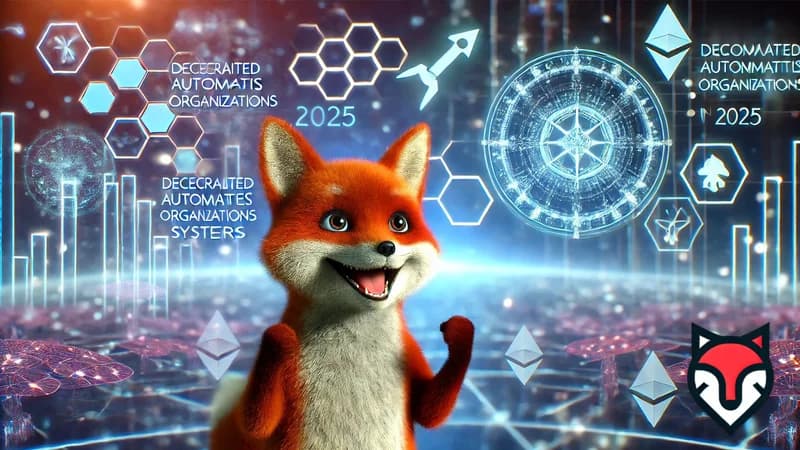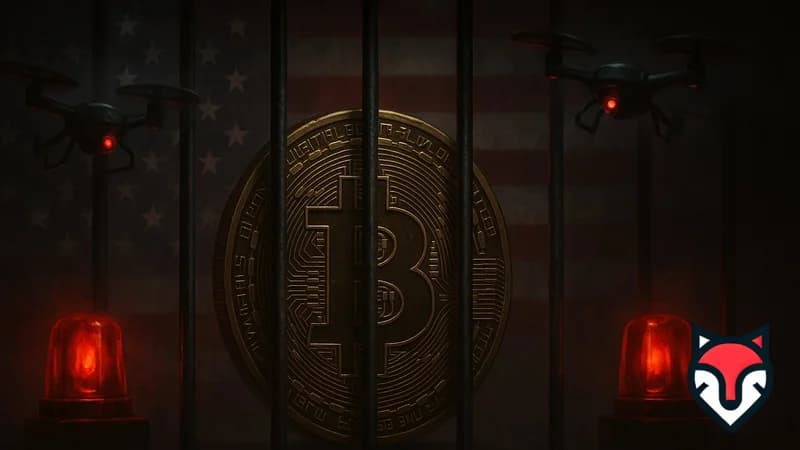Suggested
News
Last updated: Thursday, March 27, 2025

The Rise of DAOs in 2025: Revolutionizing How We Build and Run Organizations
It’s March 27, 2025, and the corporate world’s getting a radical makeover—thanks to Decentralized Autonomous Organizations, or DAOs. Imagine a Hanoi startup running without a CEO, its rules coded on Ethereum, or a Saigon creative collective voting on projects via tokens, no boardroom required. DAOs are flipping the script on how we organize, ditching hierarchies for blockchain-powered collaboration. Let’s dive into their meteoric rise and how they’re reshaping the future of work—and play—in 2025.
DAOs: The New Organizational Blueprint
Traditional companies? Stiff, slow, top-down. DAOs? Fluid, fast, community-driven. By 2025, over 10,000 DAOs manage $25 billion in assets, per Messari, up from a handful a decade ago. Built on smart contracts—think Ethereum, Solana, or Polkadot—they’re self-governing entities where token holders call the shots. No middlemen, no red tape—just code and consensus. From funding open-source code to running virtual worlds, DAOs are proving they’re not a fad; they’re a revolution.
How They’re Changing the Game
Take MakerDAO: it’s been steering $5 billion in DAI stablecoin since 2017, all via community votes. Fast forward to 2025, and DAOs like Aave’s lending pools or Uniswap’s trading hub handle billions daily, no HQ in sight. In Da Nang, a logistics DAO optimizes shipping routes, its drivers staking tokens to weigh in. Smart contracts auto-execute payroll or project funds—say goodbye to late checks. Transparency’s the kicker: every decision’s on-chain, open for all to see. It’s trust, coded into reality.

Real-World Impact, Right Now
DAOs aren’t just for crypto nerds. In Hanoi, a freelancers’ DAO pools gigs and splits profits, no agency skimming fees. A Mekong farming co-op uses Aragon to manage crop sales, tokenizing yields for global buyers. Even Saigon artists run a gallery DAO, selling NFTs and voting on exhibits—all decentralized, all thriving. By 2025, Deloitte says 20% of new organizations could adopt DAO-like structures, slashing overhead and boosting agility. This is work reimagined, from the ground up.
The Tech and Minds Behind It
Ethereum’s Vitalik Buterin sparked this fire, but platforms like Aragon, DAOstack, and Snapshot keep it blazing. Solana’s speed—50,000 TPS—makes real-time governance a breeze, while Polkadot’s parachains link DAOs across ecosystems. Vietnam’s Axon DAO ties local talent to Web3 projects, proving global reach starts small. These aren’t just tools; they’re the architects of a borderless, bossless future, driven by coders and dreamers alike.
Challenges and What’s Next
It’s not all smooth sailing. DAOs face hacks—think The DAO’s $50 million flop in 2016—and legal gray zones. Who’s liable when code runs rogue? Yet, 2025 brings fixes: AI audits smart contracts, and regulators in places like Singapore nod to DAO frameworks. By year-end, expect hybrid DAOs blending on-chain votes with off-chain teams, or metaverse DAOs running virtual cities. Analysts see $100 billion in DAO assets by 2028—small today, massive tomorrow.
Why This Matters to You
The rise of DAOs in 2025 isn’t just tech evolution—it’s a power shift. Whether you’re a freelancer, farmer, or founder, they’re rewriting who controls work and wealth. No more gatekeepers; just you, your tokens, and a voice that counts. Searching ‘DAO trends 2025’ or ‘future of organizations’? You’re in the thick of it. So, what’s your role in this revolution—and how will you shape it?
Suggested Articles
For You
Related Articles
- Hybrid Consensus in 2025: Can PoW and PoS Together Revolutionize Blockchain?
- Bitcoin Mining in 2025: Green Revolution or Energy Disaster?
- What Bitcoin’s Blockchain Can Teach Big Tech About Trust in 2025
- The Psychology of Bitcoin in 2025: Fear, Greed, and FOMO Dissected
- How Bitcoin’s Next Upgrade Could Change Everything in 2025
- Is MetaMask Wallet Worth the Hype for DeFi Fans in 2025?












